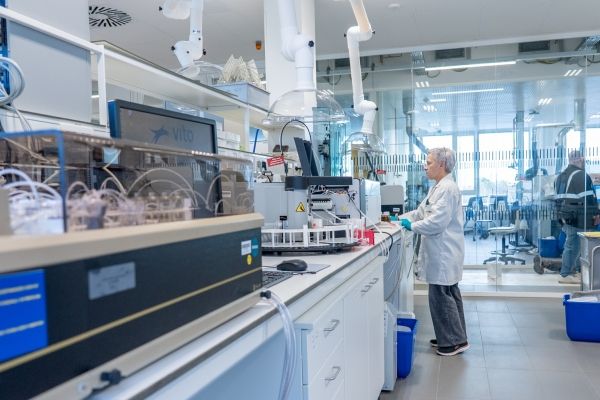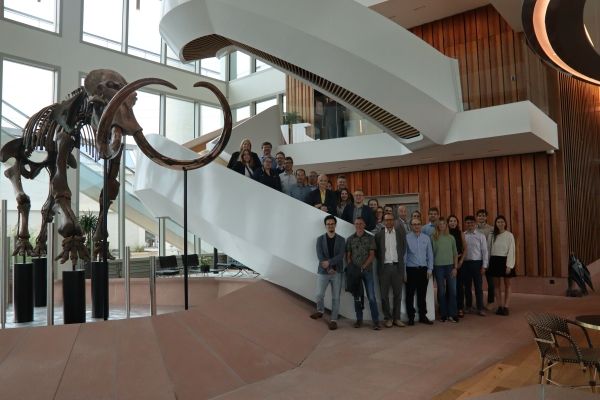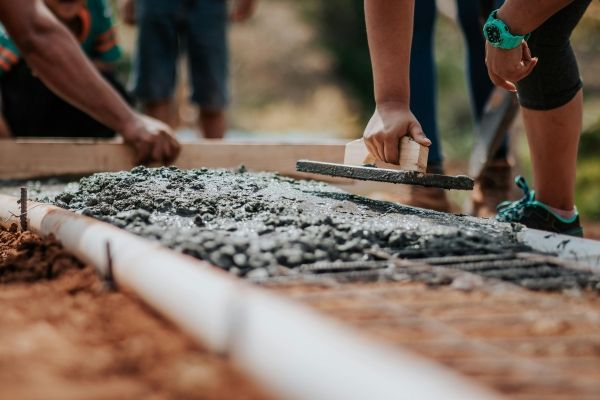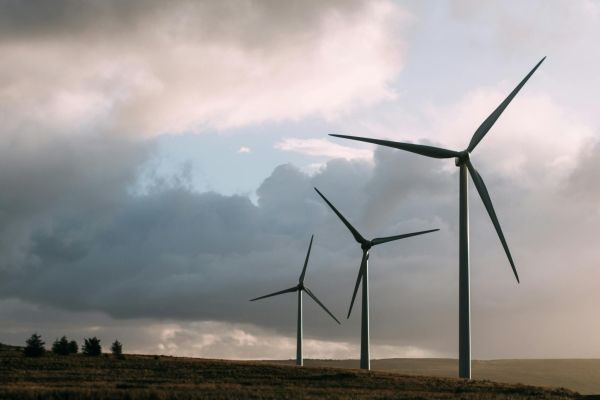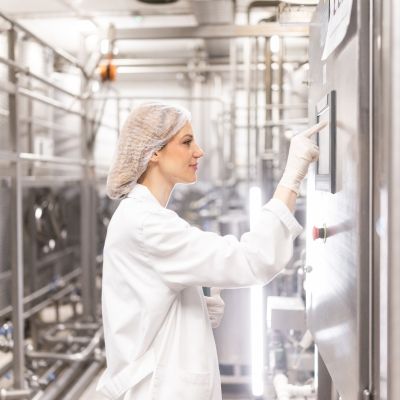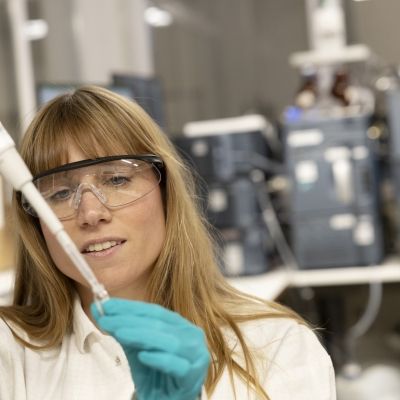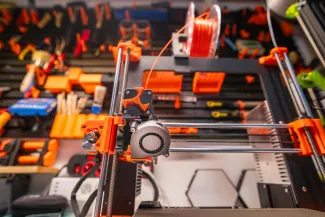
Make chemical processes more efficient with 3D-printed catalysts
3D-printed catalysts make your chemical processes more (cost-)efficient and sustainable. Moreover, our micro extrusion technology enables us to produce 3D-printed catalysts at a large scale at an excellent price rate. We are happy to tell you more about this innovative technology, which VITO is a frontrunner in.
Can my catalysts be optimised?
Catalysts are used in 90% of all chemical processes. Over the last couple of years, many chemical processes were already optimised, but we can often do better still. By using 3D-printed catalysts, for instance. Chances are that we can make your process more efficient, too. So, feel free to contact us for more information.
Why are 3D-printed catalysts better?
By optimising the shape and size of a catalyst, you can improve its performance. A major challenge with common ways to create catalysts – such as extruding and pelletising – is that reactors are unable to reach the catalyst’s core. This cannot be fixed by simply making the catalyst smaller, unfortunately, as it would make the pressure drop too great.
Thanks to the 3D printing technology, we can make heterogenous catalysts that are porous. This reduces the pressure drop in the reactors, improves the mass and heat transfer and allows reactors to penetrate the entire catalyst. The video below shows you how 3D printing works.
The benefits of 3D-printed catalysts
- Discover all the benefits of 3D-printed catalysts:
- Increased reactor output
- Better product quality (less unwanted byproducts and impurities)
- Fewer resources and catalysts needed (catalysts last longer)
- Less waste
- Lower energy consumption
- Lower costs
- A safer company
More importantly, by choosing 3D-printed catalysts you can take a huge step towards a more green and sustainable chemical industry.
Want to learn more about 3D-printed catalysts?
Would you like more information about this application or do you want to find out how we can work together?
Questions about 3D printed catalysts
3D-printed catalysts can be valuable to companies that operate in the chemical, pharmaceutical and life sciences fields.
VITO can produce 3D catalysts in tonnes at the moment. We are currently trying to upscale this process.




